Cambridge Ohio Dickens Victorian Village
Cambridge Glass Museum
Salt Fork State Park
Just before the holidays, the family went to stay at Salt Fork State Park. We took a detour to nearby Cambridge Ohio to see the seasonal sights there as well. I took some photos- I know you’re shocked 😉
I admit it, I’m a sucker for holiday displays…
Heading to the hills
They don’t make rest stops like they used to!
I like historical signs
The bridge in Cambridge was interesting- it arched far above the creek down below
Cambridge Ohio
Cambridge is a city in and the county seat of Guernsey County, Ohio, United States. It lies in southeastern Ohio, in the Appalachian Plateau of the Appalachian Mountains. The population was 11,129 at the 2010 census. It is the principal city of the Cambridge Micropolitan Statistical Area. It is located adjacent to the intersection of Interstates 70 and 77, which the Ohio Department of Transportation proclaimed in 1969 to be the world’s largest interchange in terms of land area.
Cambridge is well-known among glass collectors as being the location for the Cambridge Glass, Boyd Glass and Mosser Glass plants. The Cambridge area is also noted for its “S” shaped bridges, dating back to the building of the National Road in 1828.
At the back of the parking lot was a little shelter where someone was feeding stray cats- down below the railing was a small haybale area where the cats could sleep. There are many animal lovers out there.
What we had come to Cambridge to see what the annual Dickens Victorian Village display:
Take a trip back in time and experience old world England as historic downtown Cambridge, Ohio, is charmingly transformed into a Dickens Victorian Village each holiday season.
From November through mid January each year, visitors are invited to stroll amidst over 92 scenes of 166 lifelike figures representing classic scenes from Victorian society.
This innovative public art exhibition is enjoyed by families, couples, and groups alike – an experience that engages the senses as you explore the charming streetscape, striking historic architecture, and eclectic shops and eateries of Cambridge.
The Dickens scenes are stationed along Wheeling Avenue at each antique lamppost and bench, between 6th and 11th Streets, in windows on street level, and in second story windows. Wheeling Avenue is also the historic National Road/Route 40, and features an outstanding streetscape of original buildings from the 1800s. The Dickens Victorian Village scenes are comprised of life sized and hand-made mannequins wearing real vintage clothing. The faces for each character are individually sculpted and painted by local artists.
The displays include engaging depictions of classic Dickens-era scenes and figures such as Bob Cratchit and Tiny Tim, the town crier, groups of carolers, a bucket brigade, lamplighters, school children, street peddlers, and Father Christmas, all posed in active scenes that appear frozen in time.
It wasn’t snowy, but the displays added to the holiday cheer!
Christmas toys and displays filled shop windows
The Guernsey County Courthouse is in Cambridge:
Guernsey County was formed in 1810 and the county constructed its courthouse on Public Square in Cambridge. The courthouse was a Greek Revival style building with red brick facade. Two large double doors were located at the north and south ends and long rectangular windows with dark shutters lined the sides. A large spire stood eighty-seven feet tall with a cupola capped by a weathervane shaped like a fish. This courthouse lasted for seventy more years.
Need for a second courthouse became apparent as the county grew in population. The city of Cambridge contracted Joseph W. Yost to design and build the new courthouse. Yost designed the courthouse in the popular Second Empire style. During this time, Old Washington petitioned to be granted the county seat claiming that they were more central. This petition failed and the foundation to the second courthouse was laid in 1881, with the cornerstone bearing the date August 4, 1881. The building was dedicated on 1883-09-11.
Why the name Guernsey County?
…in 1806, another group of early settlers from the Isle of Guernsey in the English Channel pitched camp in Cambridge, reportedly because the women in the party refused to move on. The county for which Cambridge serves as the county seat was later named in honor of its many settlers from Guernsey.
We took a tour at The National Museum of Cambridge Glass, home to 6,000 pieces of Cambridge glassware:
In the early 1900s, Guernsey County, and particularly Cambridge, became known worldwide for its production of quality glass, mainly from The Cambridge Glass Company. Today, Cambridge glass is a much sought-after collectible. The company produced thousands of designs and color combinations, considered one of the finest quality glassware lines in the world.
The National Museum of Cambridge Glass display area is made up of 1250 lineal feet of 16″ shelving, where visitors are able to experience a wide variety of examples of this admired glass. It is an awesome beauty of well-lit, sparkling glass and warm oak display cases.
The History of Glassmaking is represented using mannequins in 1100 square feet of exhibits with a mock furnace, tools, molds, and other items involved in the manufacturing process of fine handmade glassware. Within this area, visitors can see an etching table, a decorating area, and an engraving/cutting area.
Included in the museum is a 100 square foot Dining Room display. Using period furniture as its backdrop, the room is appointed in examples of a finely set table in the early 1900s.
Cambridge Glass was a manufacturer of glassware formed in 1873 in Cambridge, Ohio. The company produced a range of coloured glassware in the 1920s, initially with opaque shades, but moving on to transparent shades by the end of the decade. Unable to compete with mass-produced glassware, the company closed briefly in 1954, but was reopened in 1955. However, financial difficulties persisted, and, after several ownership changes, the factory closed for good in 1958. Imperial Glass Company purchased the Cambridge Glass molds two years later, and would use them for another three decades until that company went bankrupt in 1984.
We joined a group taking the tour of the glassware museum. Sandi was our volunteer guide- you could tell that the volunteers were dedicated to letting everyone know about Cambridge Glass. I believe she said there were 1,200 members of the National Cambridge Collectors. I took some general notes later about what she said, if I mis-remembered anything it is my fault!
In our modern world, it’s easy to forget how important glassware once was. In a world without radio or television, entertaining guests was a central focus of social life. Dinnerware sets with many pieces could be collected over the years. Different colors and types of glassware were created. People would collect many different types of glassware. One anecdote said that Clark Gable- born in Cadiz Ohio not very far away- would give pieces of Cambridge Glassware to friends as gifts every year.
The ‘2 Monkeys’ design was popular for a handful of years
The area from West Virginia through Ohio to Indiana saw lots of glass factories spring up in the 19th century due to easy access to coal and natural gas used in the production of glass.
Each color type of Cambridge Glass was done by recipe but never written down- it would be extremely hard to recreate that exact shade again
Glass was fired and blown into an amazing array of shapes and colors
Notice the variety of glassware- a home would often have dozens of pieces
The different types of glassware produced usually ran for a certain number of years
It was interesting seeing the prices- one small piece of glassware that originally cost $1.25 cost $25.00 today
By the late 1950s, glassware was no longer as popular as it once was. This was the time when television and fast food started to grip the American imagination. Other forms of social entertainment were available outside of the house. Formal meals became less and less the standard way to eat.
A bridal glassware display
A dinner glassware set- people dined this way a century ago
Perhaps my favorite shade- Moonlight Glassware
Little animal pencil-holders were popular for a while
The large glass ball on display was the largest piece of glassware blown by a glassblower at Cambridge- he did it to impress his girlfriend! Unfortunately she broke up with him but fortunately we can say that the glass ball didn’t break up and survived decades to make it to the museum which is amazing in and of itself!
The museum has lots of Cambridge Glass’s records. Here Sandi shows us a payroll sheet from the Great Depression- the head of the company preferred to keep workers on the payroll rather than lay them off, but workers worked reduced hours reflecting the lower demand in those impoverished times. Some workers would have a dollar or two withheld from their paycheck and took coal to their houses to heat them. The glass plant had plenty of coal laying around to stoke the glass furnaces.
Some of the original glass molds used by Cambridge Glass
Displays showing glass replicas & counterfeit works were included. There are special markings and certain structural themes in Cambridge Glassware that can help you tell if it is an authentic piece of glassware or not.
It was a very interesting tour. Some of the glassware that people donate to the museum is on sale. Sandi mentioned that more and more younger people are donating their parents’ glassware sets because it’s not something that they use. Times are indeed changing.
Two days after our visit, the museum is scheduled to close for a couple of months- all of the glassware will be meticulously cleaned.
We said farewell to Cambridge and its interesting displays and architecture- after picking up an extra large pizza and breadsticks to take to our cabin at Salt Fork State Park.
Yes, that’s our dinner!
A mere 9 miles up the road and we’re there…well, the park is so huge it took more miles of driving to reach the lodge and cabins!
Salt Fork State Park is the largest state park in Ohio- we were here in 2012 and 2013 as well
After checking in, we went to the cabin to eat and rest
As always, it’s a dog-friendly cabin!
We saw 4 deer while we were walking around the park
There are 54 cabins at Salt Fork, and this was the off-season: most were empty. We easily added on an extra night to stay
The glaciers probably brought this boulder down from Canada 12,000 years ago
That’s a Brown Creeper on the side of that tree, 10 feet away from me. That was the closest look at a bird I got all vacation
The lodge was quite festive!
The restaurant wasn’t always this quiet, but it was nice to have no crowds. Great food & menu
The artwork as always was interesting
The indoor pool was used more than the outdoor pool!
All good things must come to an end- time to pack up
It was fun watching the gas prices go lower on the trip. Hope your holidays were as fun!
Reminder: I post the first Saturday of every month now- next post will be Feb. 7th!

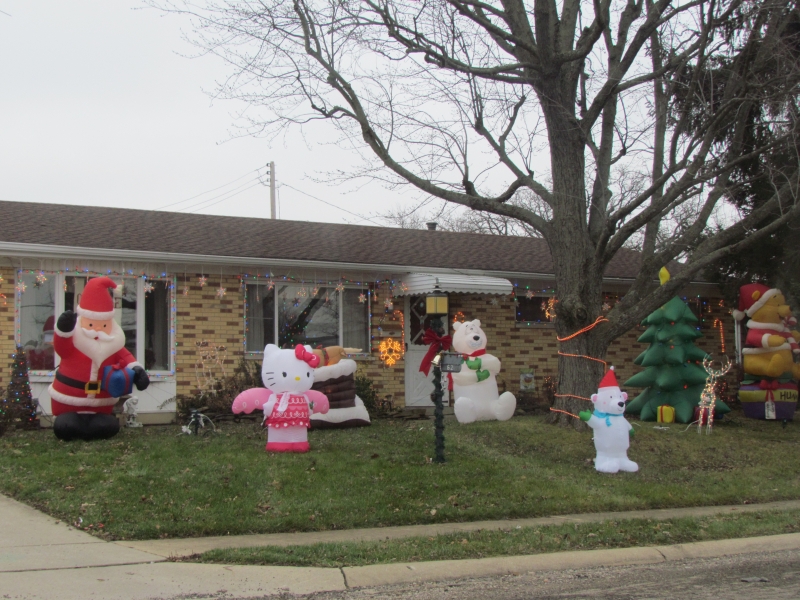
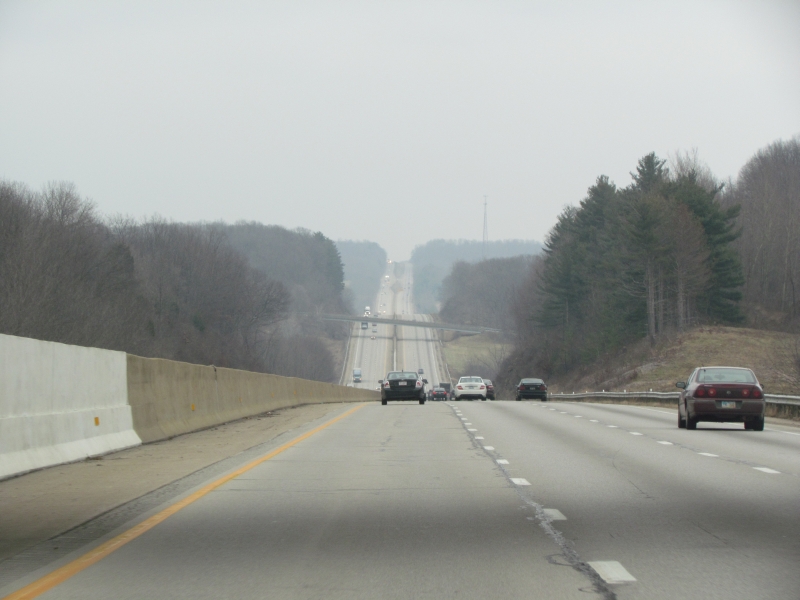

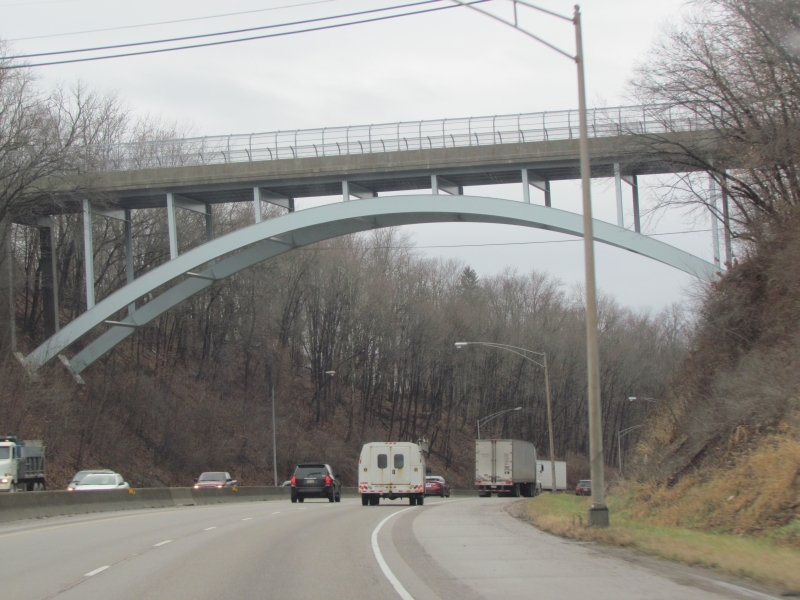

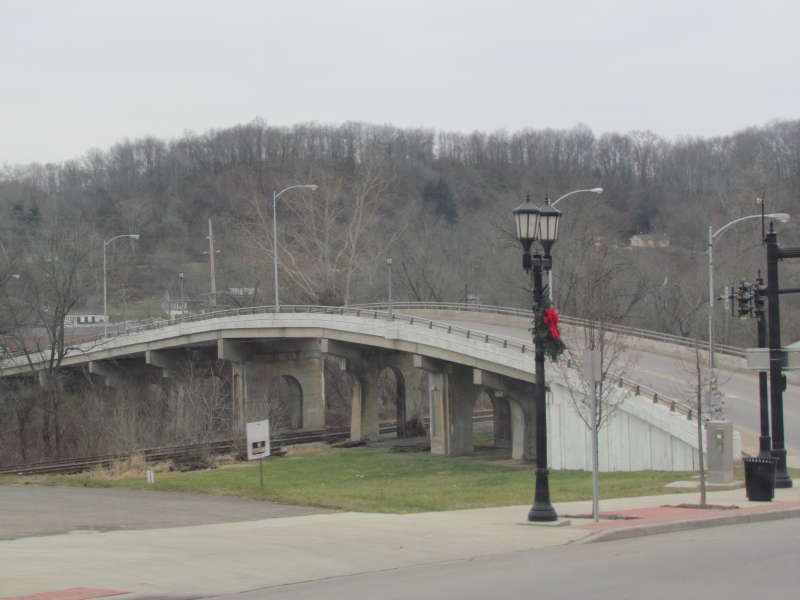
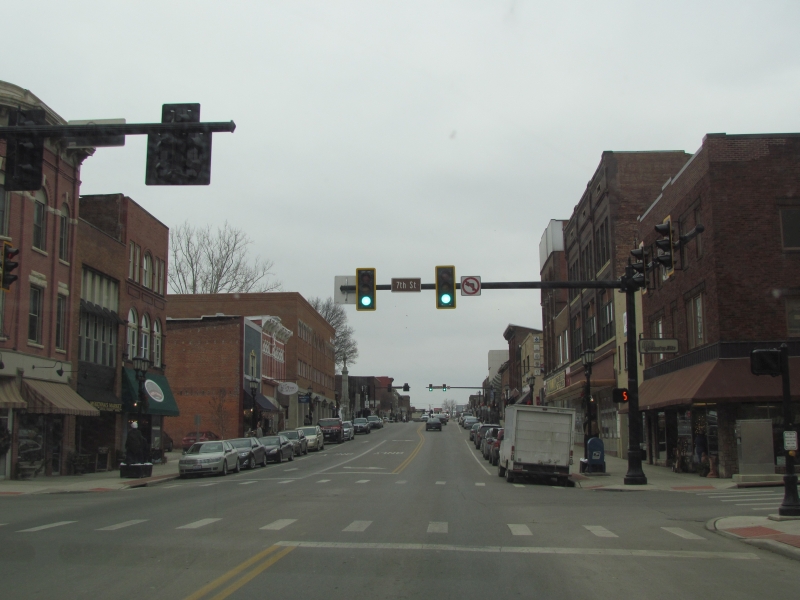
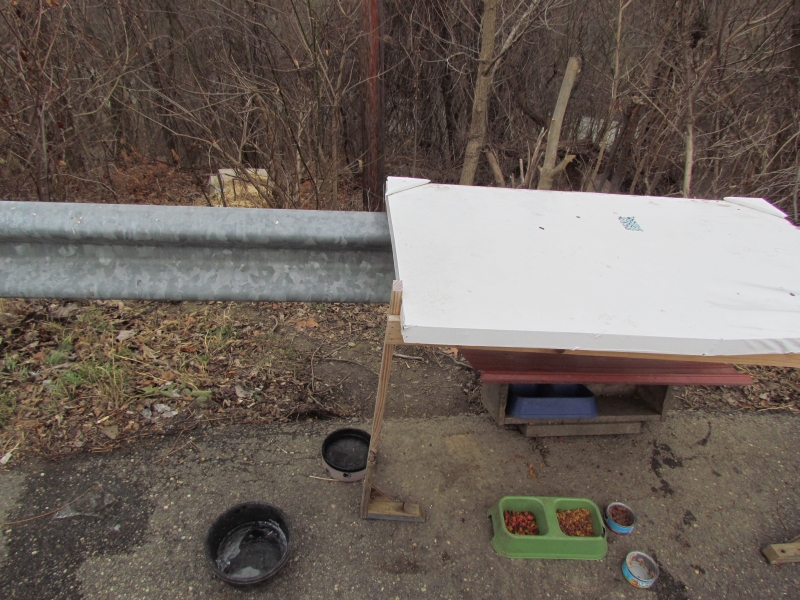


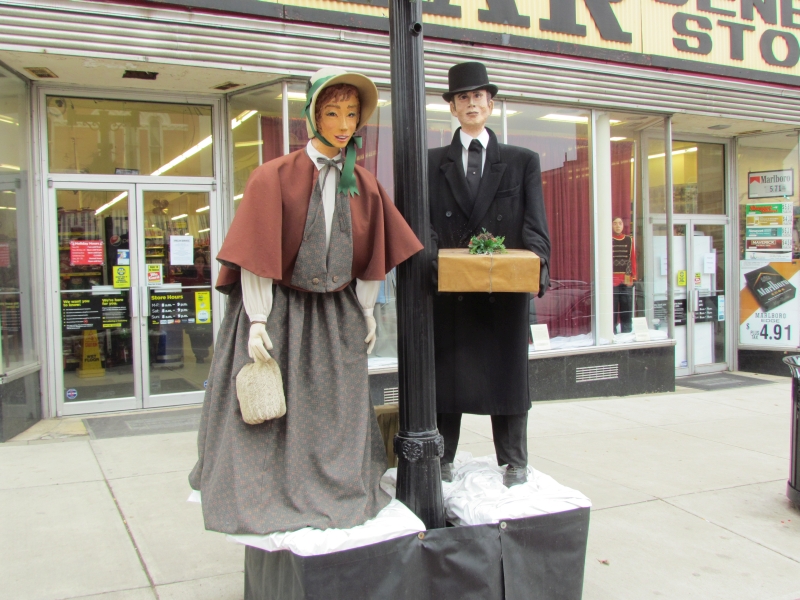


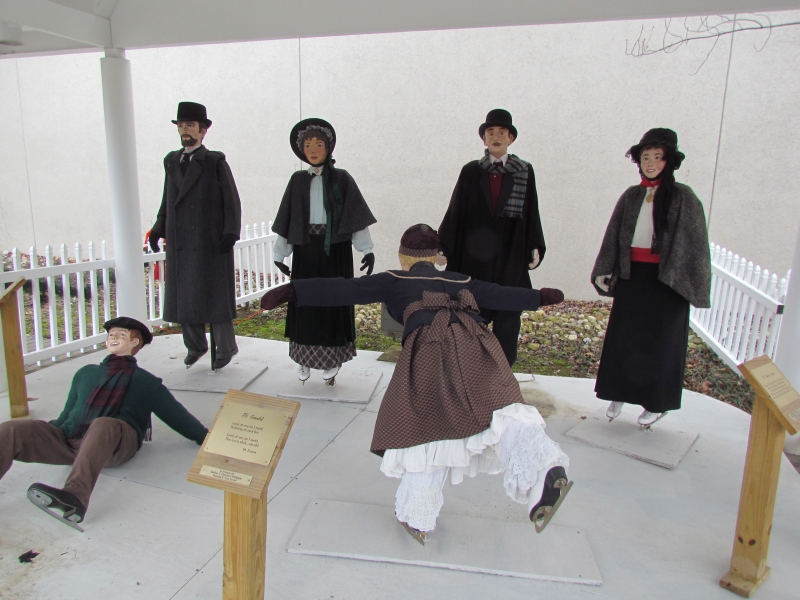



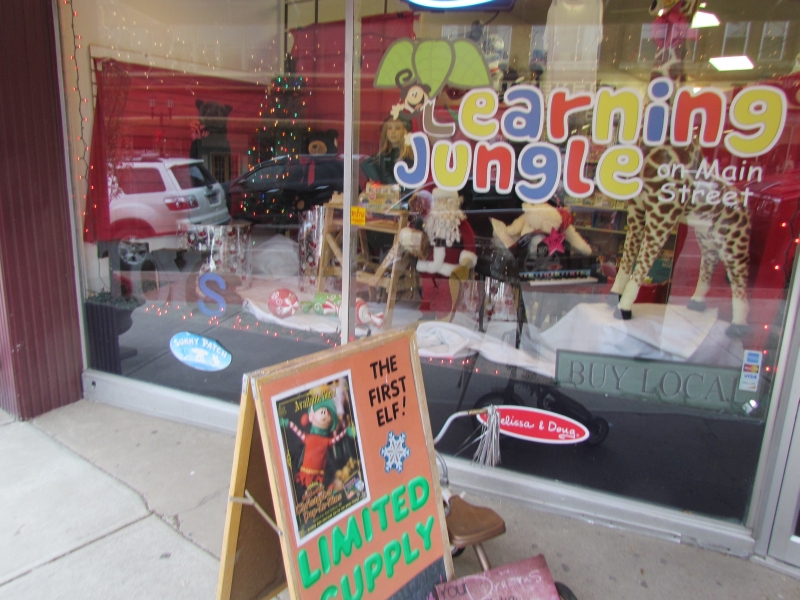

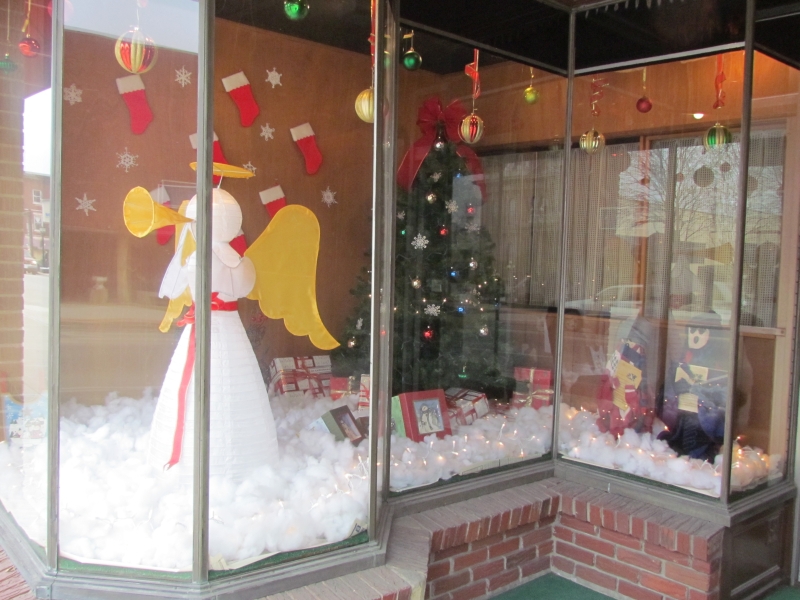
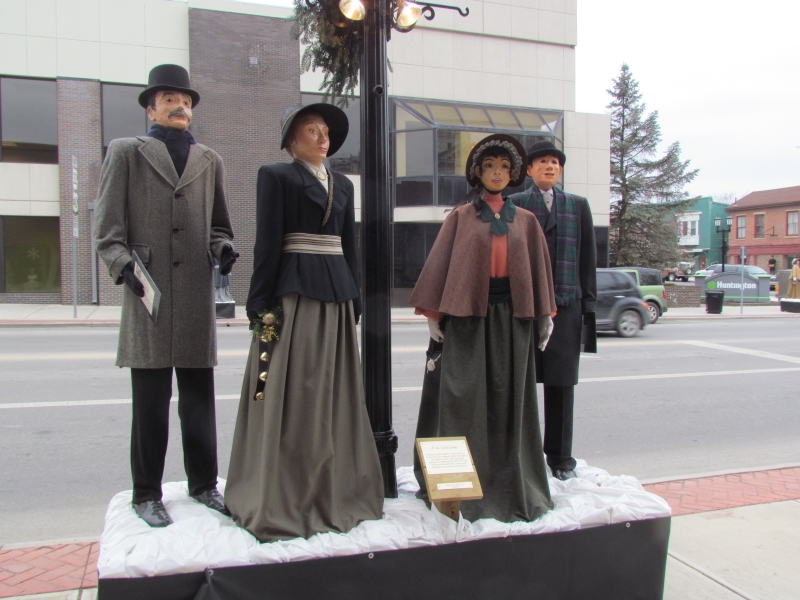
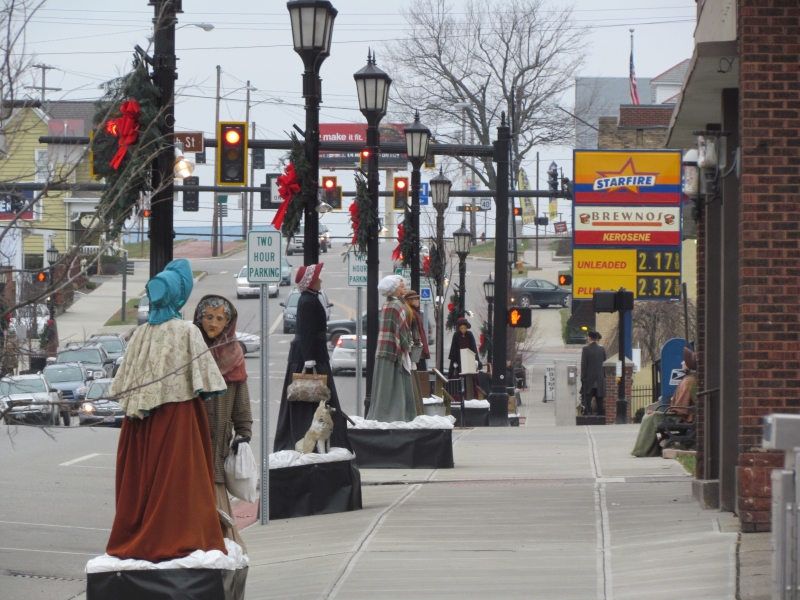
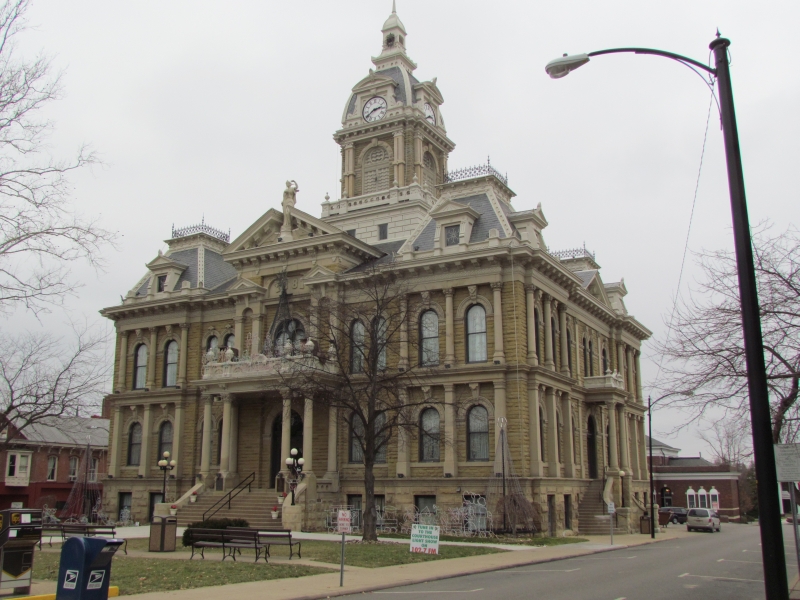
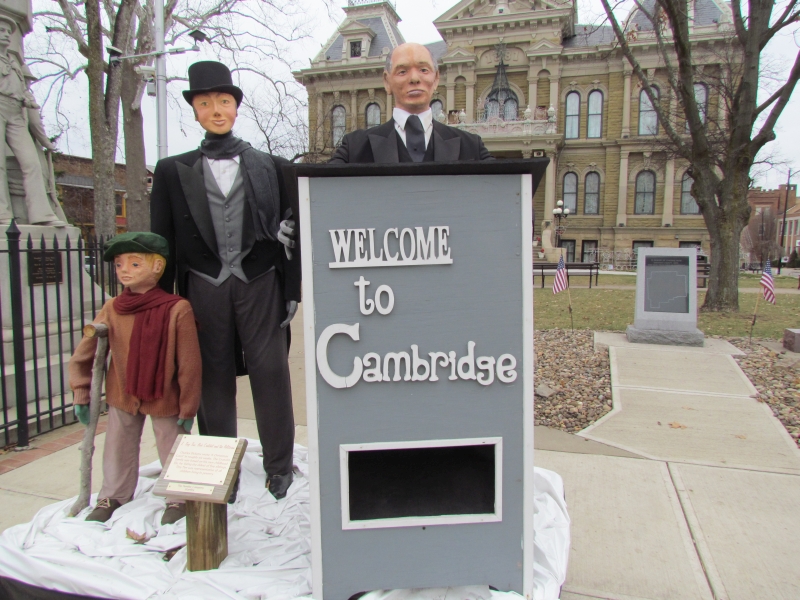
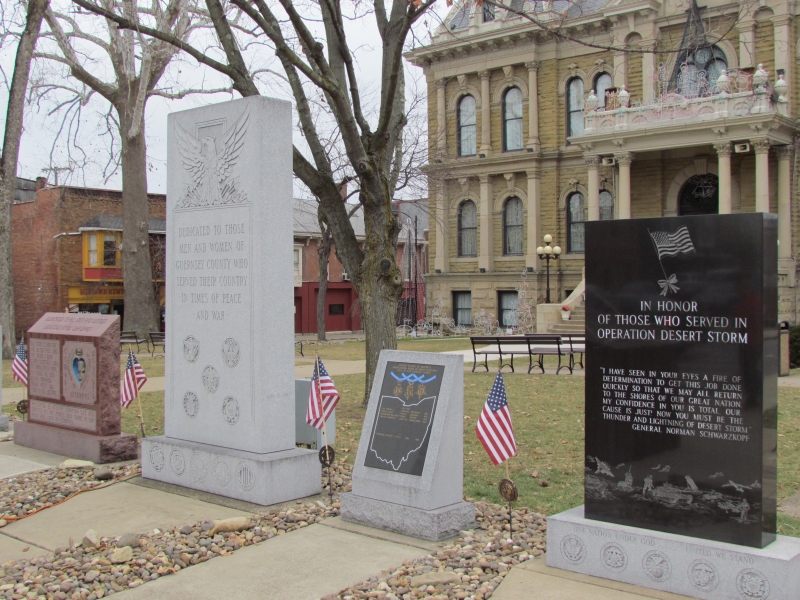

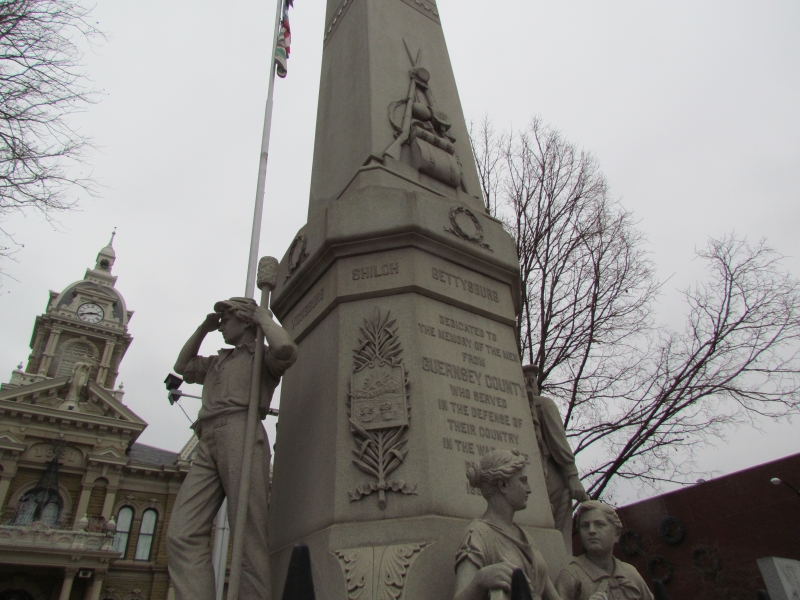
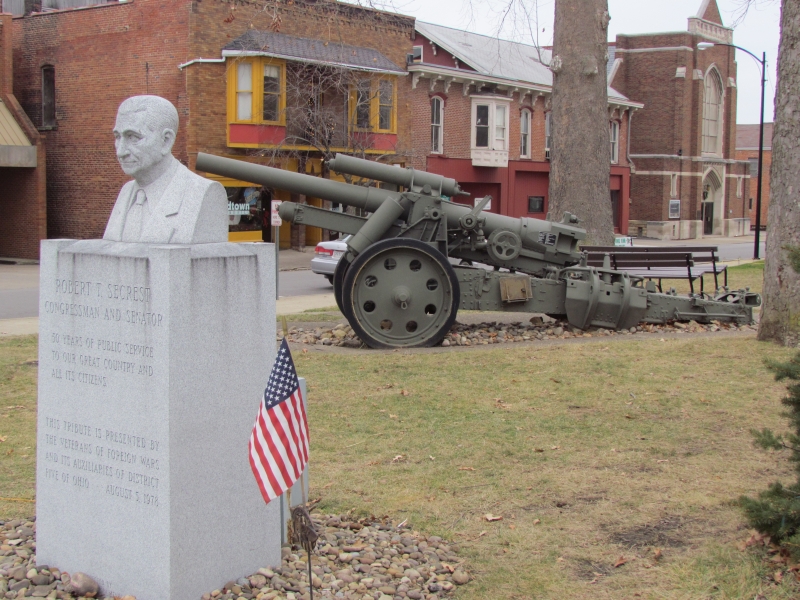
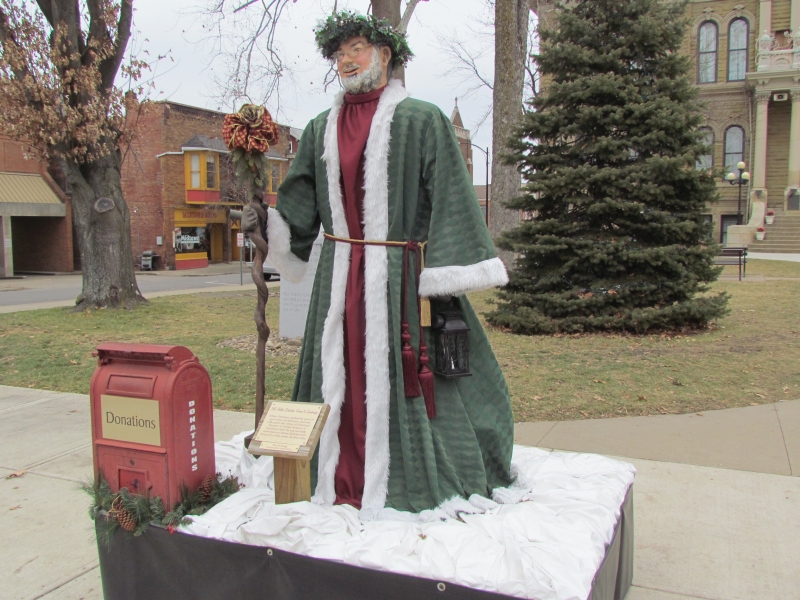
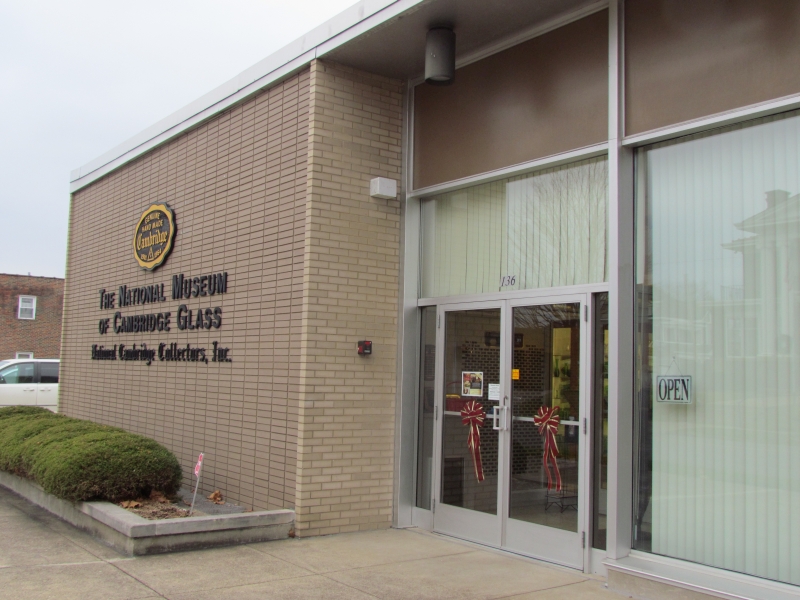
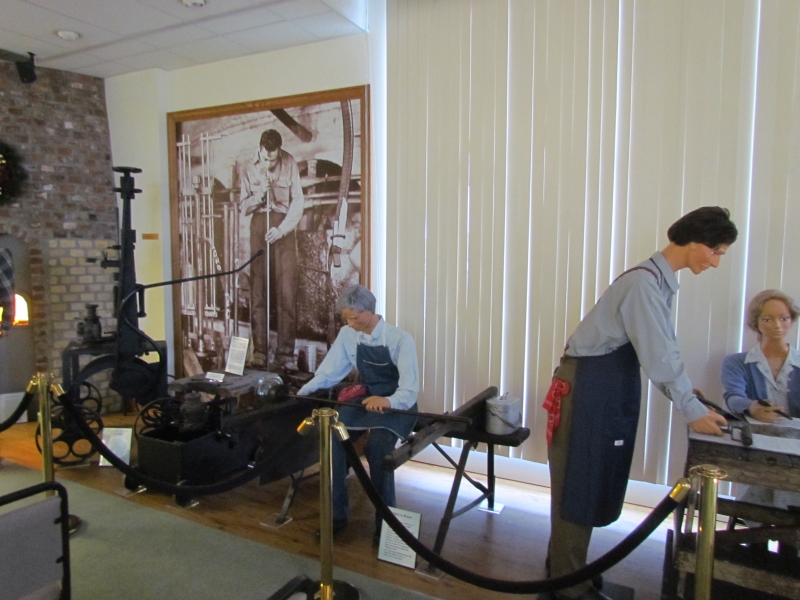

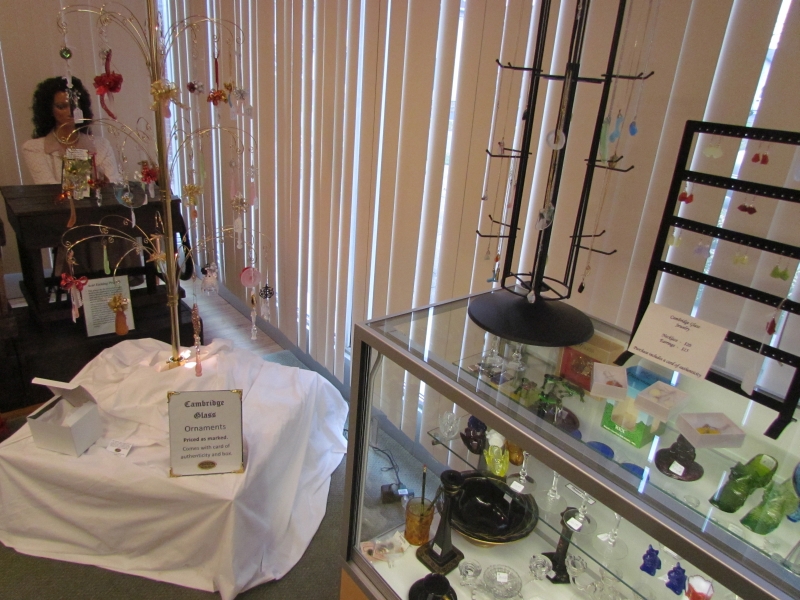
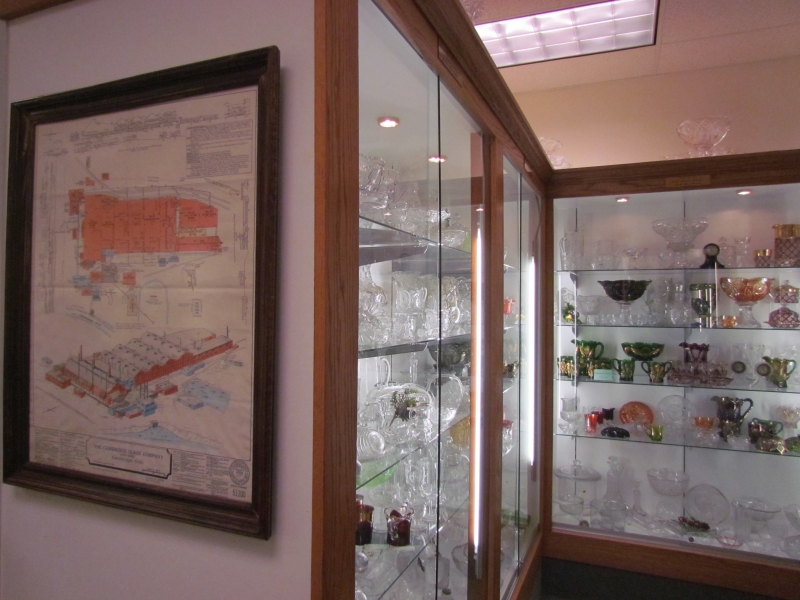



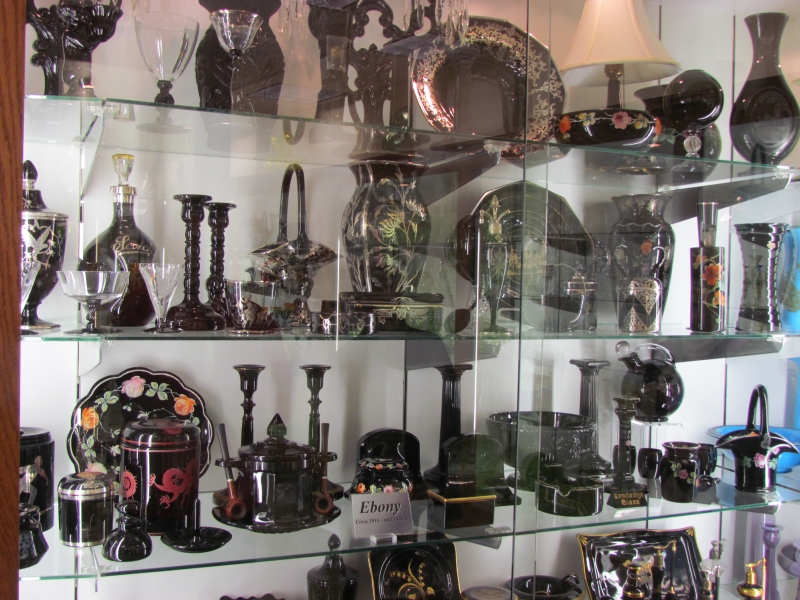
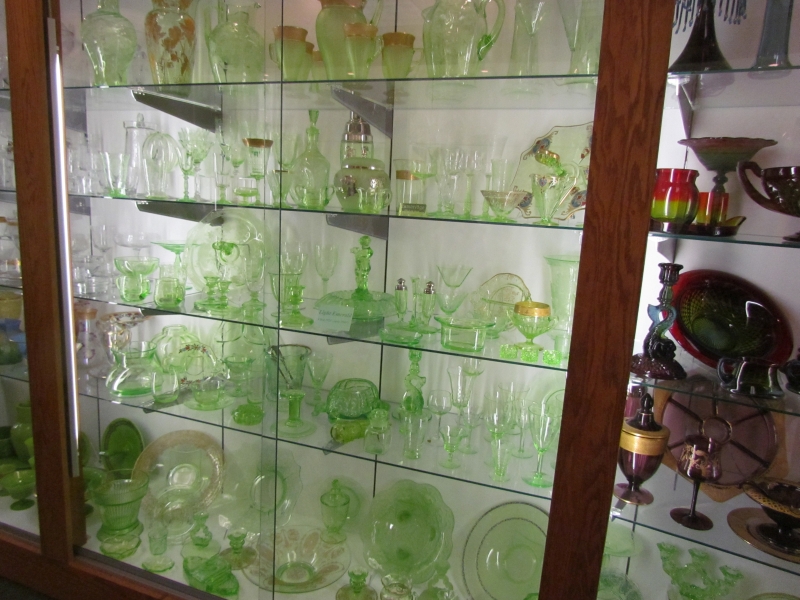


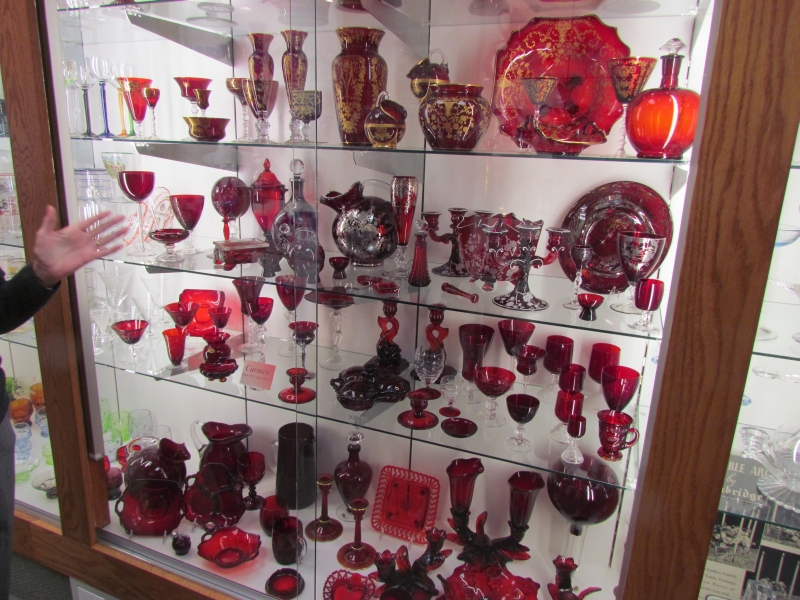

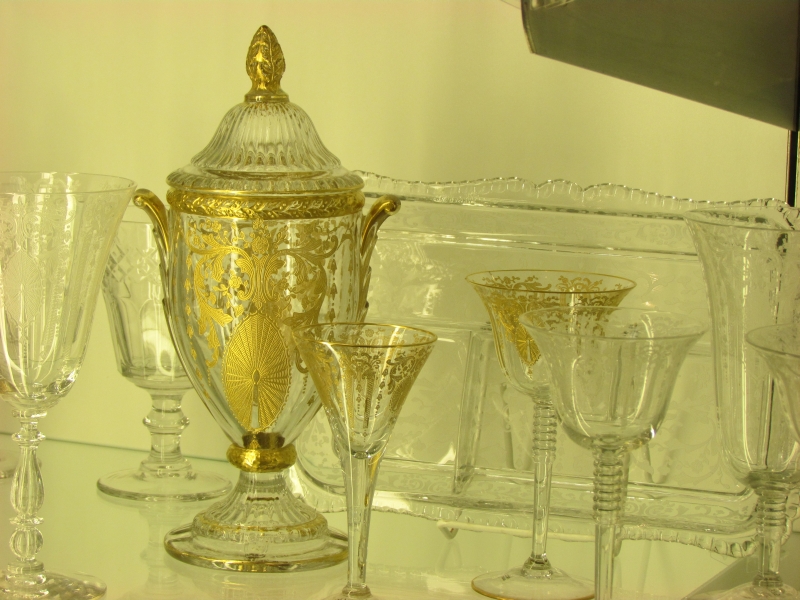
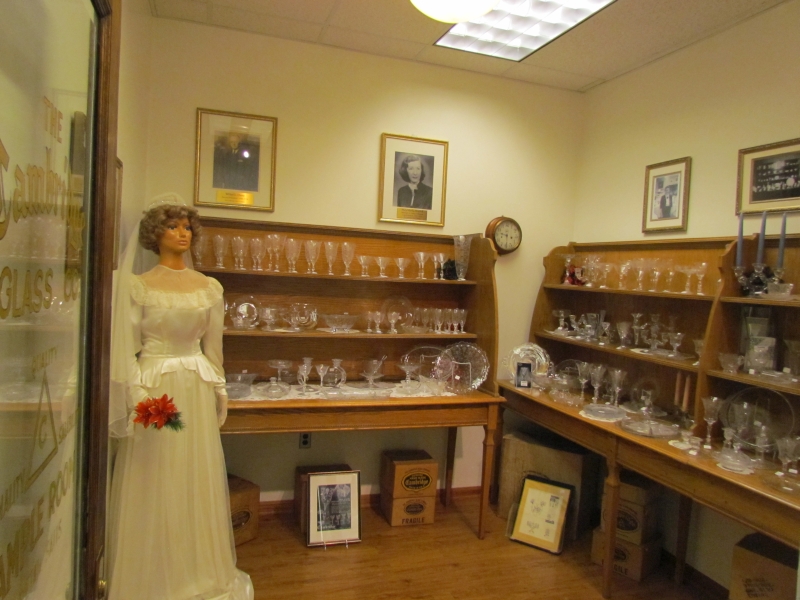
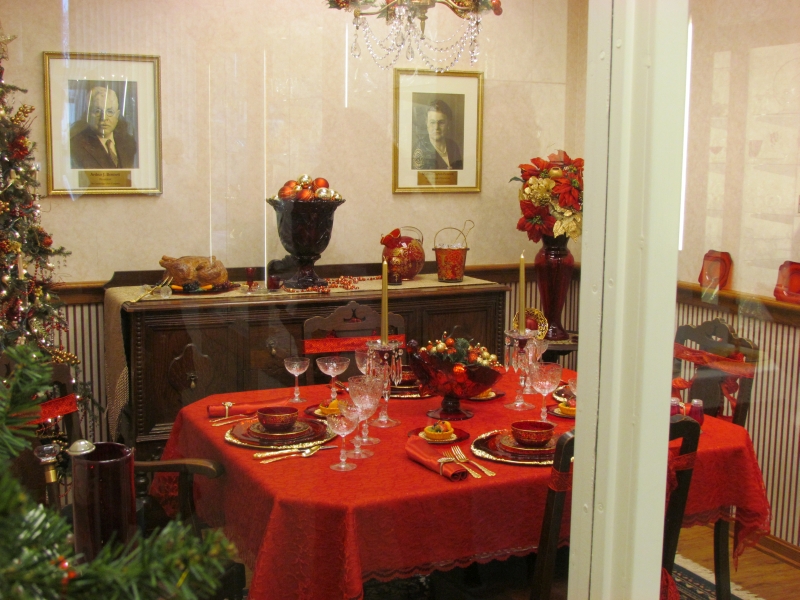
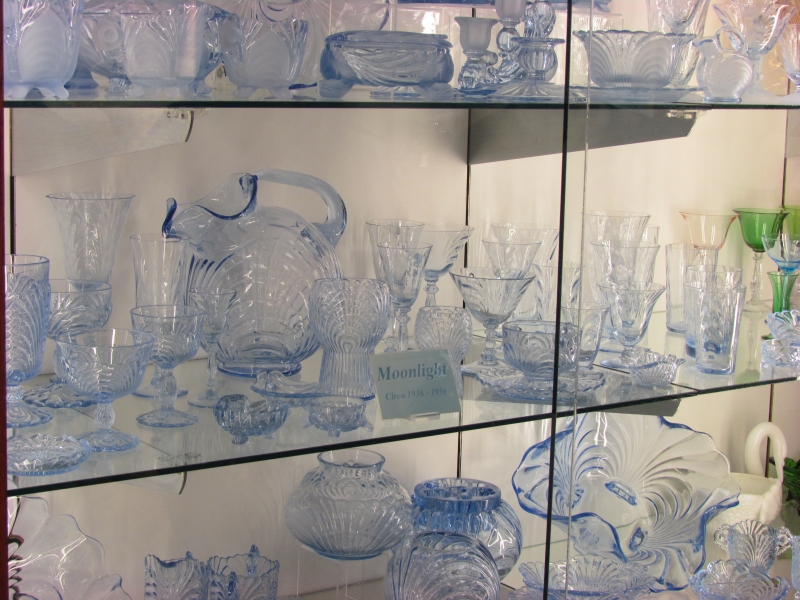



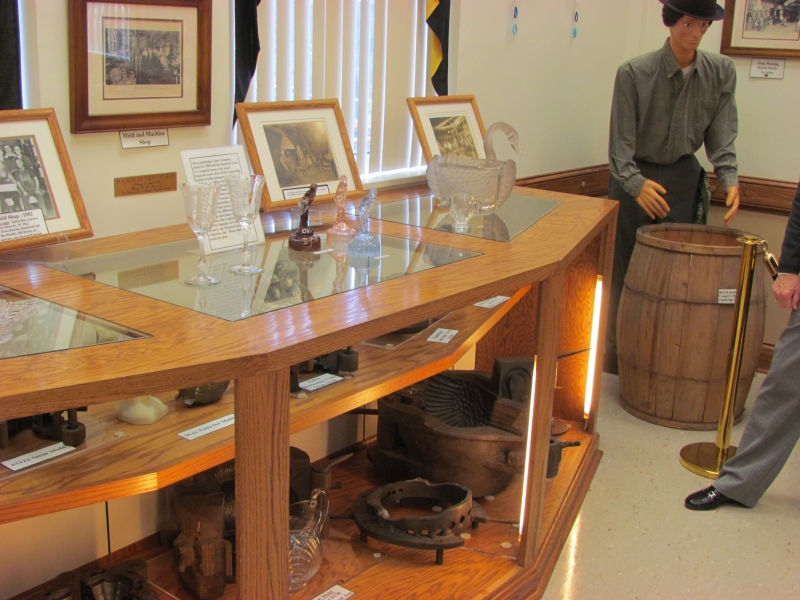
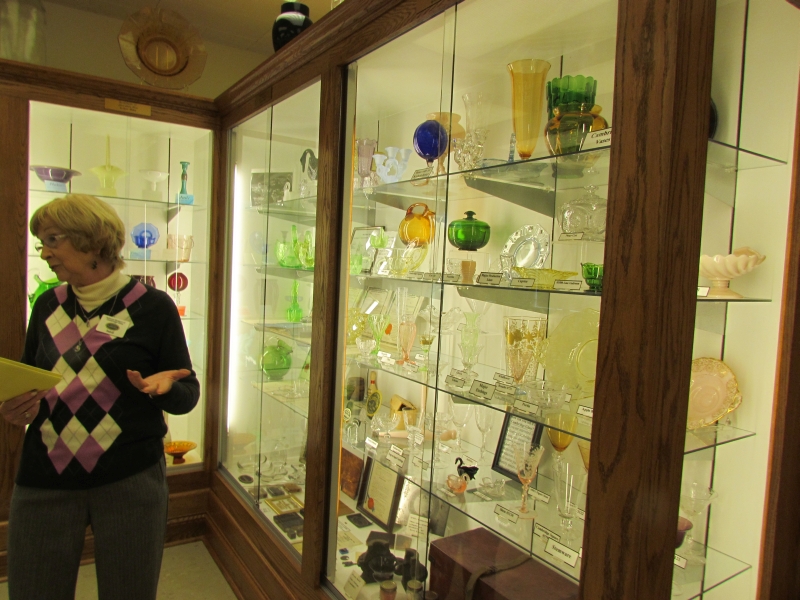
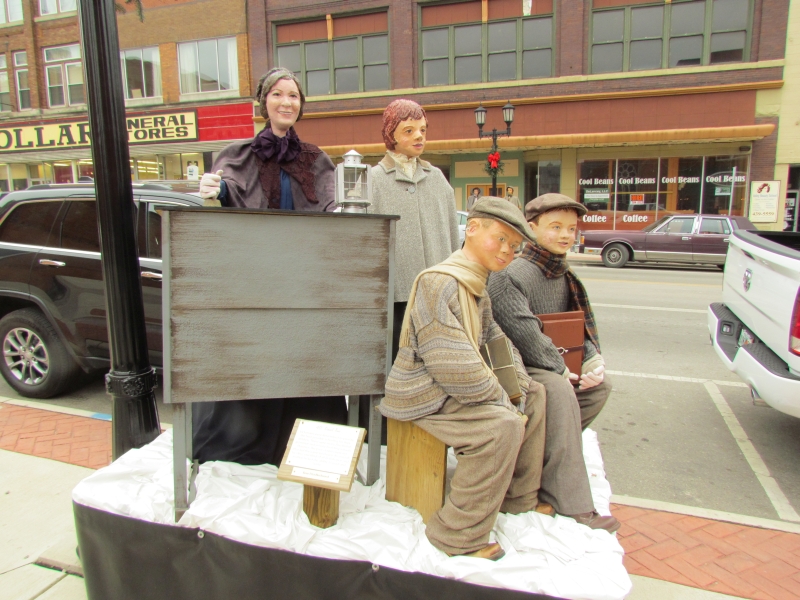
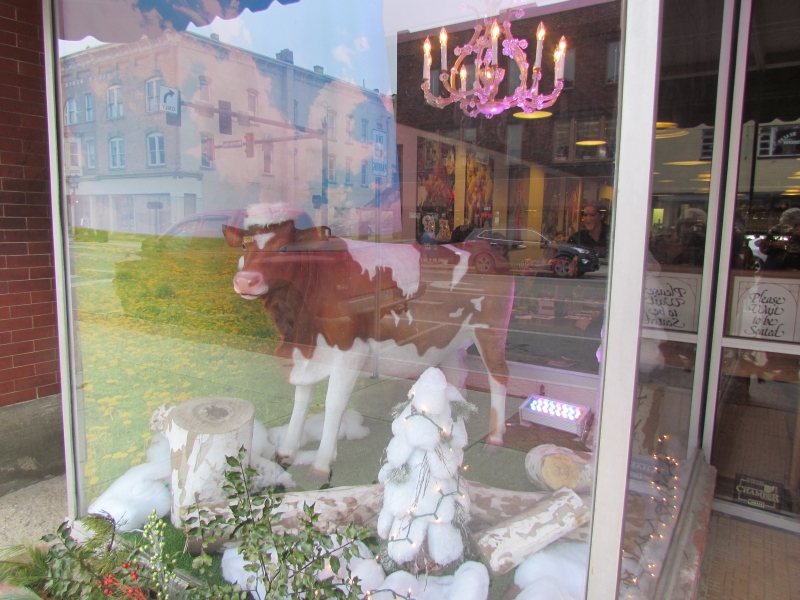
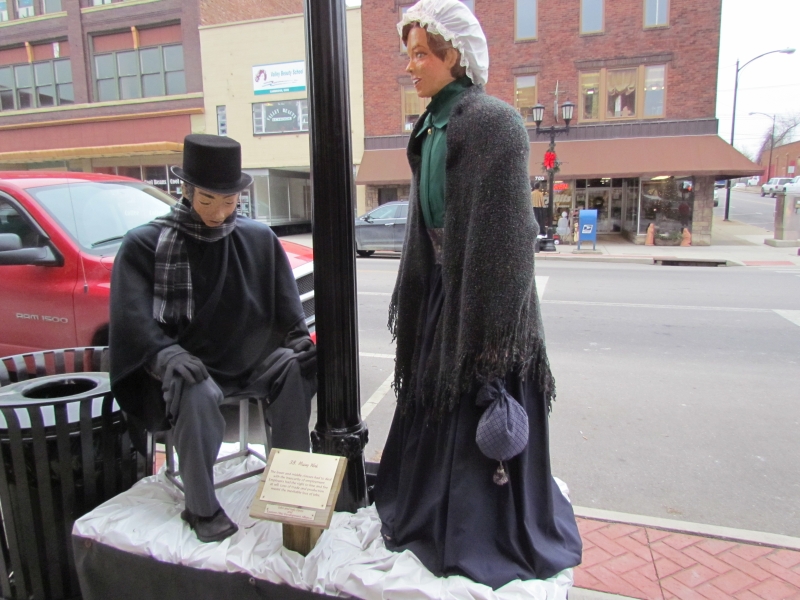
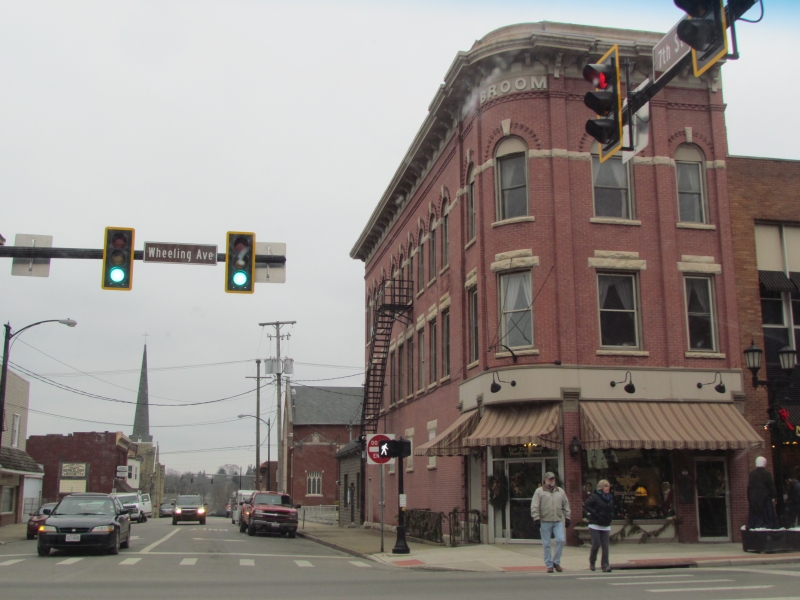
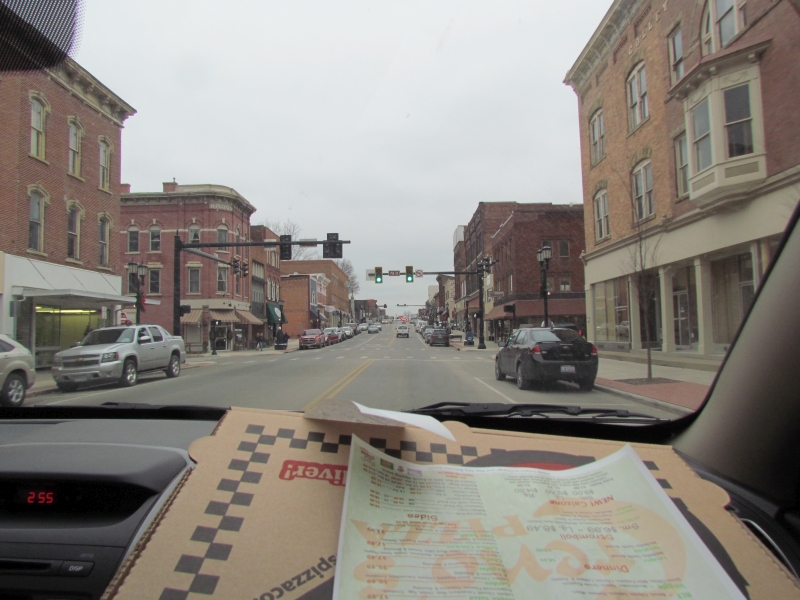

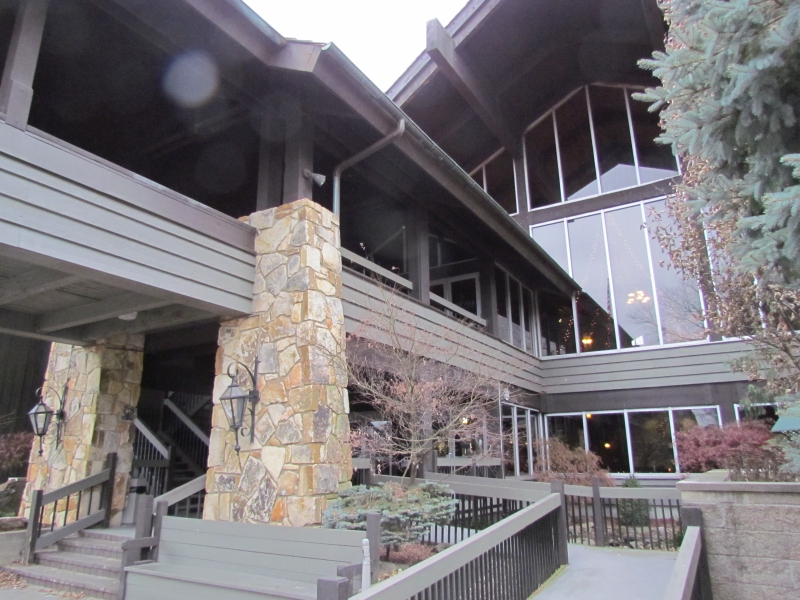

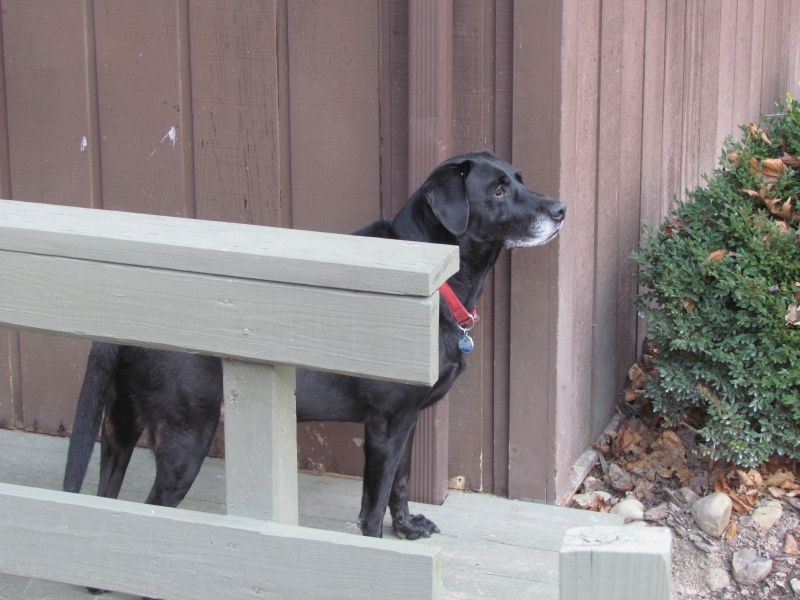


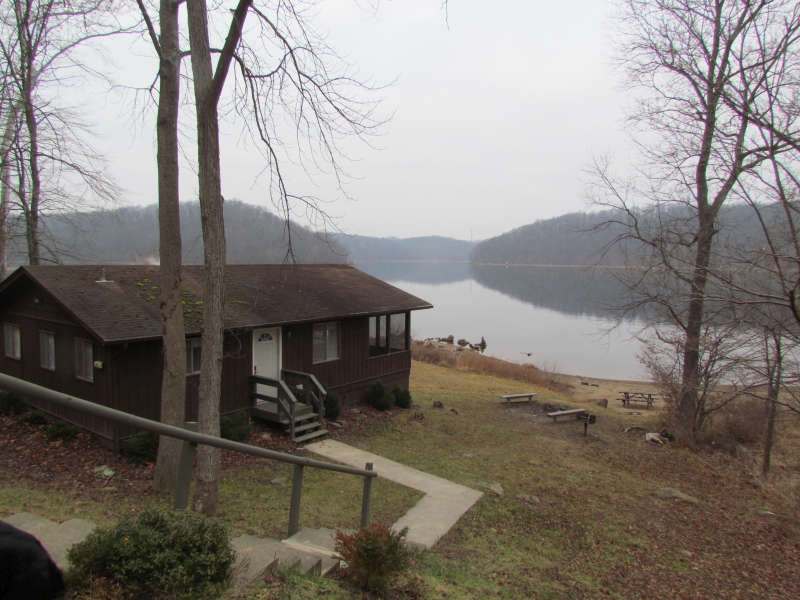
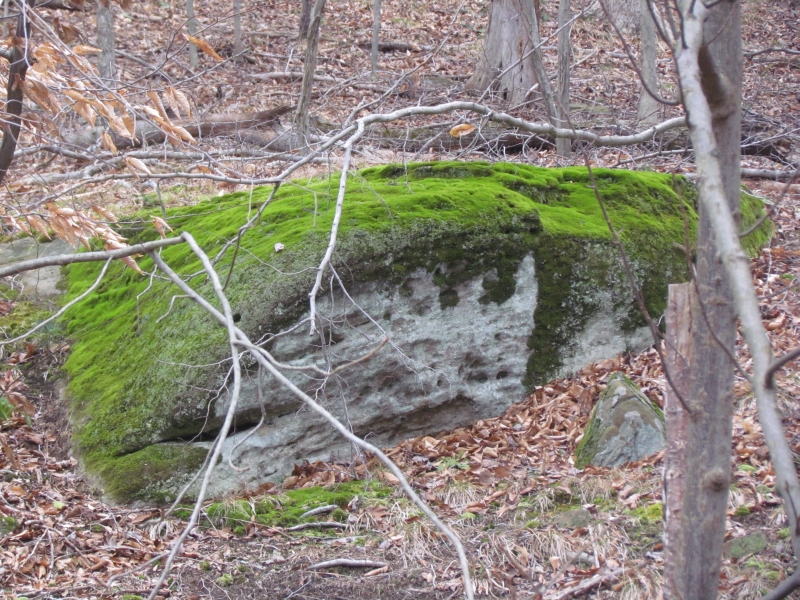
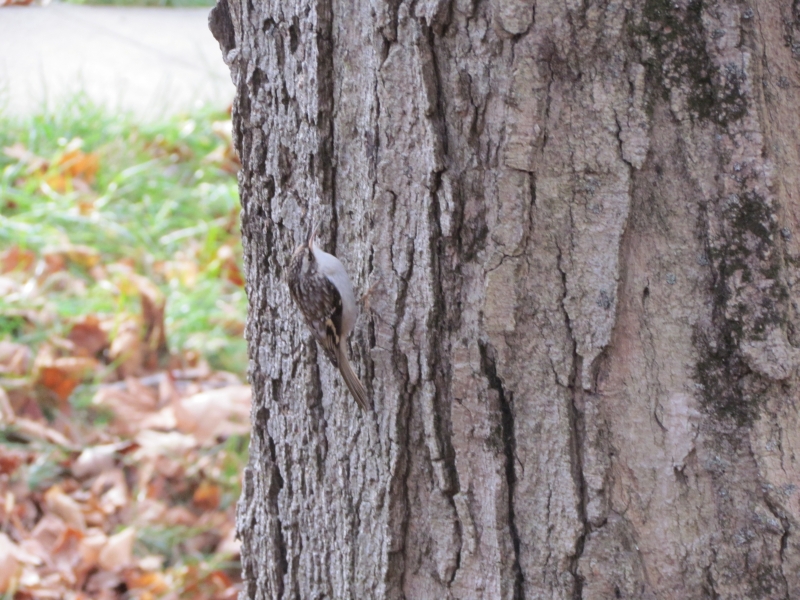
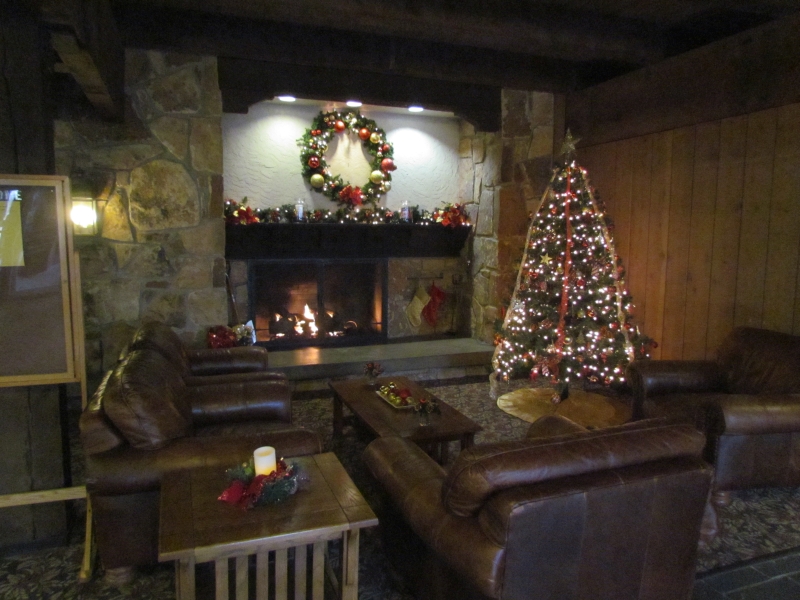
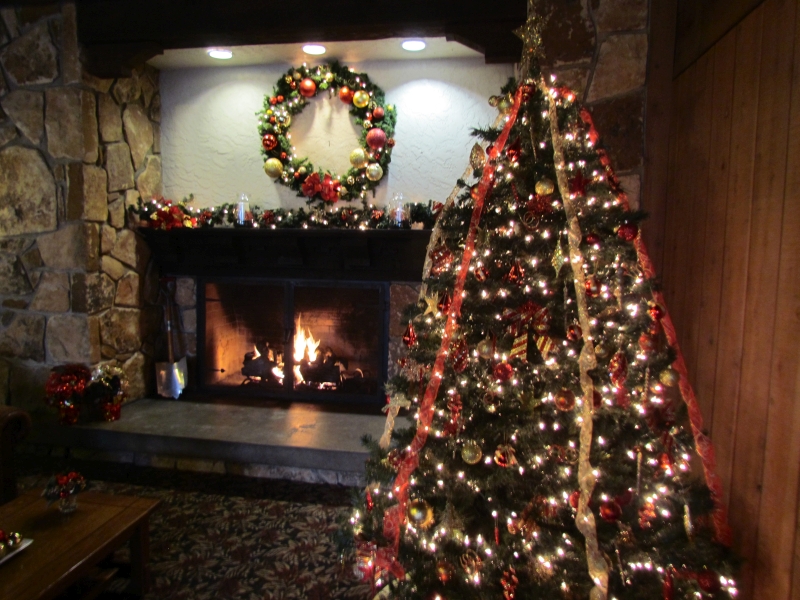
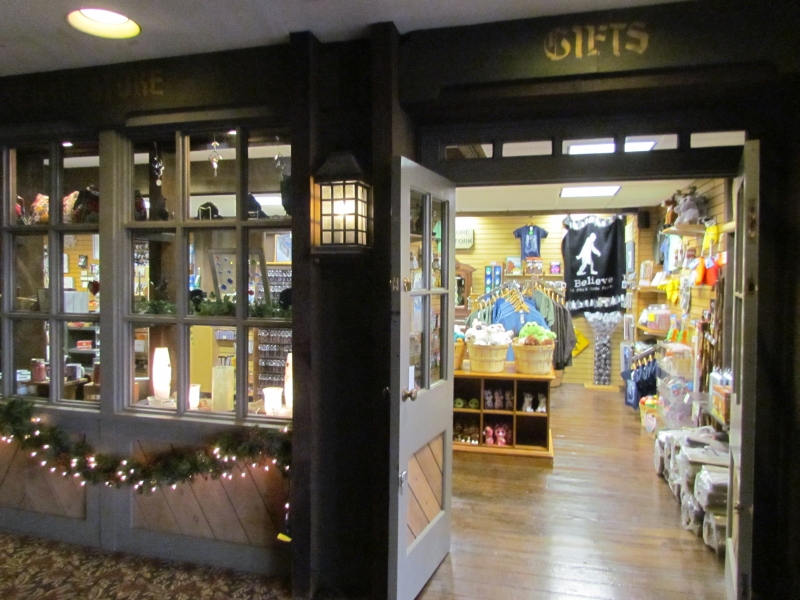
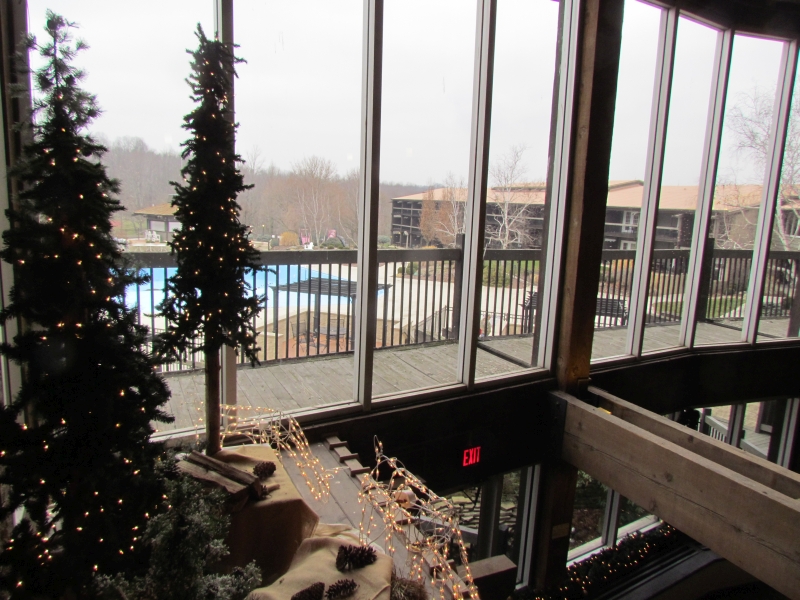
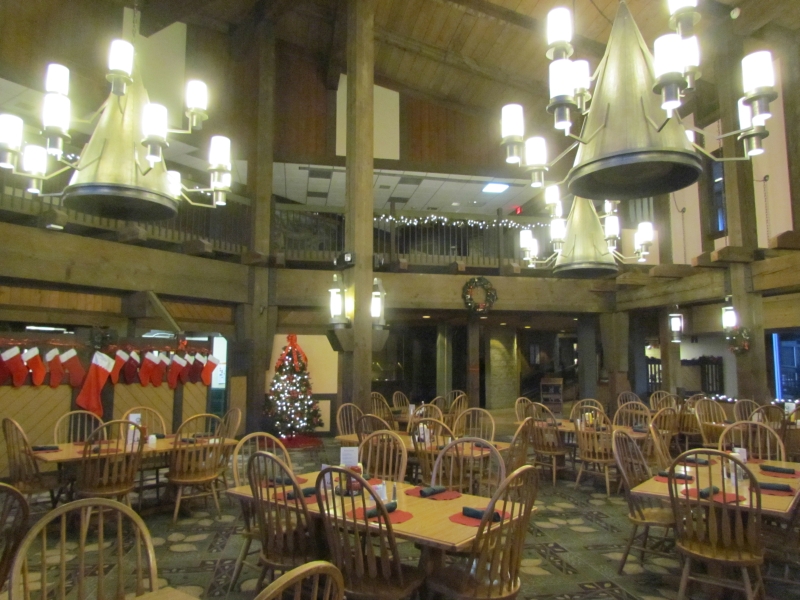

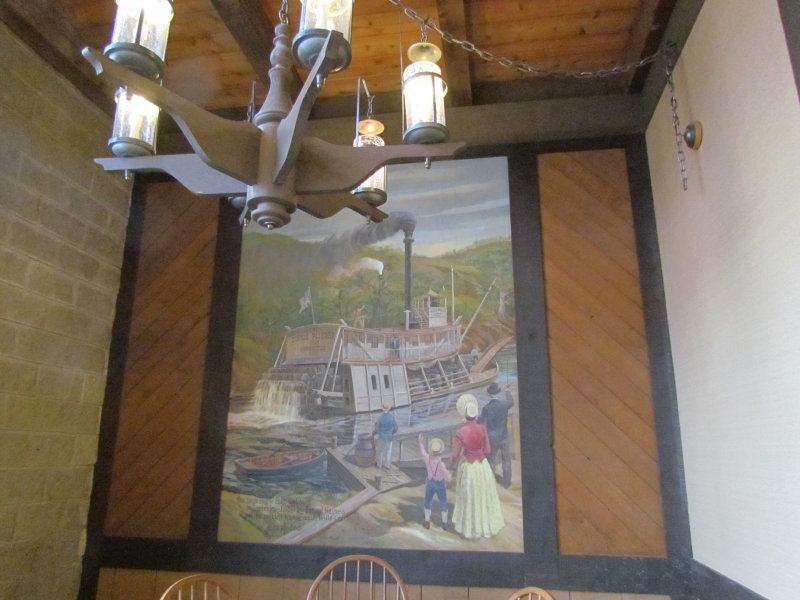



Fascinating! Looks like a trip for us next year.
LikeLike
Cambridge was really interesting, Robert! And Salt Fork is always fun 🙂
And the lake there in the park is large, with miles and miles of shoreline. Might be fun out on the water too (in warmer weather)
LikeLike
Loved the glass museum and what a lovely cabin and setting!
LikeLike
Thanks Kitty- it was a nice holiday getaway!
LikeLike
What a fun trip! I enjoyed the museum and how cool to have a Dickens themed town! The cabin looked perfect, what a beautiful setting. Thanks for all the great photos!
LikeLike
Many thanks, Joleen! The only thing we could have asked for that we didn’t get was some seasonal snow- but it was a great getaway regardless!
LikeLiked by 1 person
Watching gas prices fall is always exciting–then we got a tax hike on it January 1. Have to pay for roads somehow, I suppose. Love this historic town and the displays.
LikeLike
Oh, and the glassware! My mother would have loved that.
LikeLike
The glassware gets more expensive as the gas gets cheaper, Patti- I hope that trend continues!
LikeLiked by 1 person
We had imaginary snow for Christmas this year too. I enjoyed watching the prices drop and I drove my youngest to and from her (21 show!) Christmas play. Have a great 2015!
LikeLike
Thanks and may your 2015 be grand indeed, Inger!
LikeLike
I am not sure what is better. Looking at the amazing displays or viewing all the amazing glass.
Either way you look like you had a great time.
LikeLike
It truly was amazing! Thanks for stopping by 🙂
LikeLike